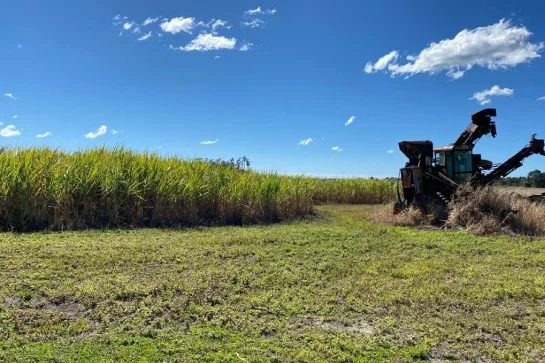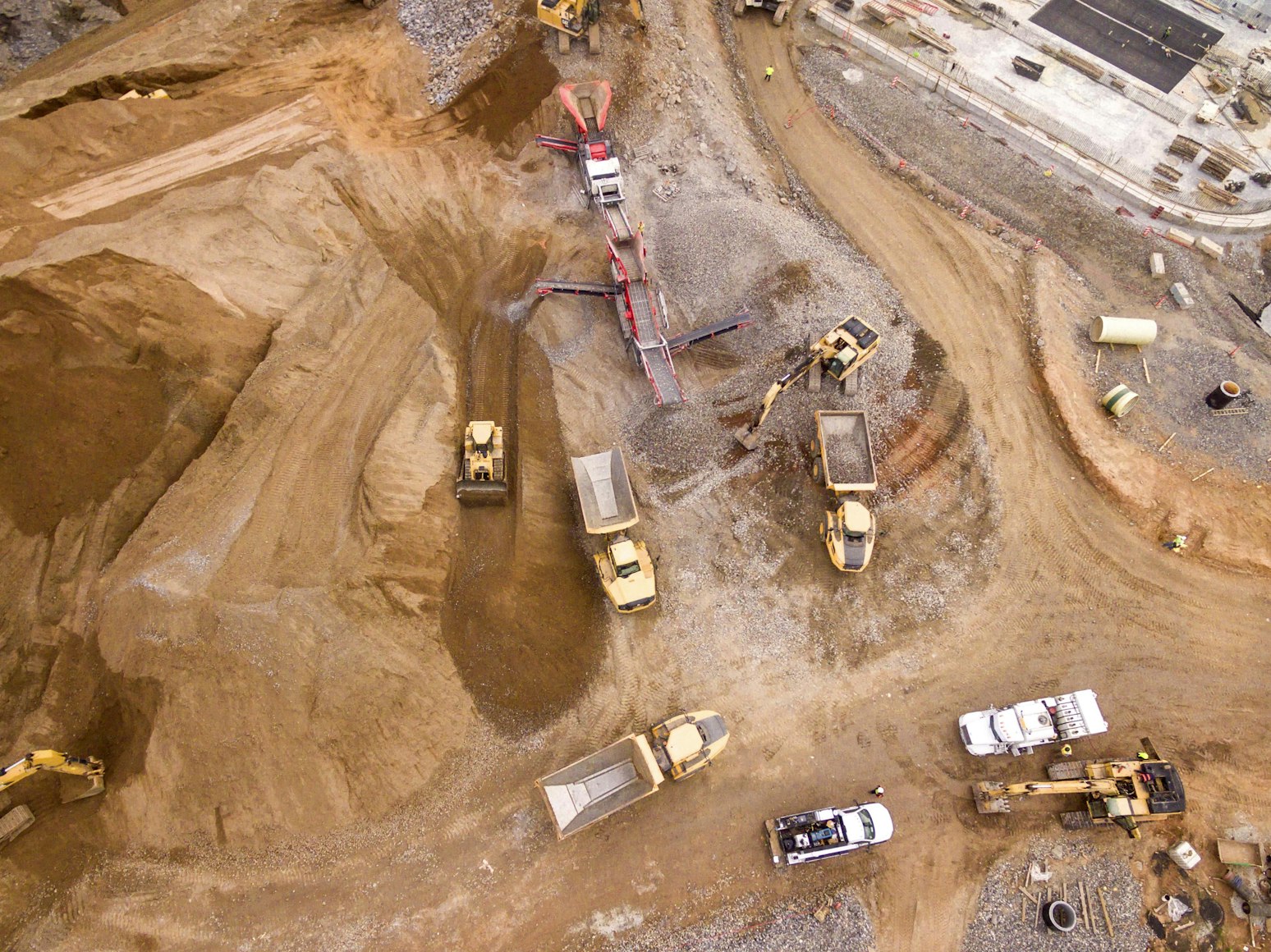The vulnerability of New Zealand’s aquatic environments to climate change is highlighted in a new report on Waituna Lagoon in Southland’s internationally recognised Awarua Wetland.
Conservation Minister Eugenie Sage says the Department of Conservation (DOC) report illustrates the need to act now to manage climate change impacts.
“Waituna Lagoon is a taonga for Te Rūnanga o Awarua and a natural treasure for New Zealanders; especially as we have destroyed so many wetlands. It is home to distinctive indigenous plants and wildlife. They and the healthy functioning of the lagoon are at risk from rising sea level, hotter temperatures and more frequent and intense flooding events,” said Eugenie Sage.
“When the lagoon is open to the sea, a sea level rise of one metre could reduce the lagoon’s mudflats and other existing shoreline habitats by up to 64%. This would reduce the feeding and roosting area for threatened wading bird species such as turiwhatu/banded dotterels, huahou/lesser knots and kūaka/bar-tailed godwits.
“Also concerning is that higher temperatures, coupled with the existing pressures of elevated sediment and nutrient levels in the lagoon, could increase the possibility of the lagoon ‘flipping’ in
“Right now, Waituna Lagoon is dominated by the native aquatic plant, Ruppia, indicating a healthy lagoon ecosystem. The report notes that a changing climate will increase the risk of the lagoon becoming dominated by algae, with poor water quality and negative consequences for the plants and wildlife which live there.”
Other impacts noted in the report include a predicted increase in the river flows into the lagoon. This could require the natural gravel barrier between the lagoon and sea to be opened more frequently to avoid surrounding land being flooded.
Waituna Lagoon is a complex system and the report recommends further research and taking an adaptive management approach.
“Fortunately, action is underway to improve the lagoon, with iwi, central and local government, farmers and the wider community working together.”
The Whakamana Te Waituna project is funded by the Government’s Freshwater Improvement Fund and project partners to improve the lagoon’s health.
The Trust is working with local landowners to create a buffer around the Waituna Lagoon, allowing for higher water levels within the lagoon that are likely through sea level rise and increased river inflows from heavier rainfall in autumn and winter.
“DOC is also prioritising work to manage climate change impacts. This includes developing a climate change adaptation action plan with guidance for action to protect and conserve wildlife and ecosystems in the face of a changing climate,” Eugenie Sage says.
The report, and DOC’s other Science for Conservation reports, can be found here: https://www.doc.govt.nz/about-us/science-publications/series/science-for-conservation/.







